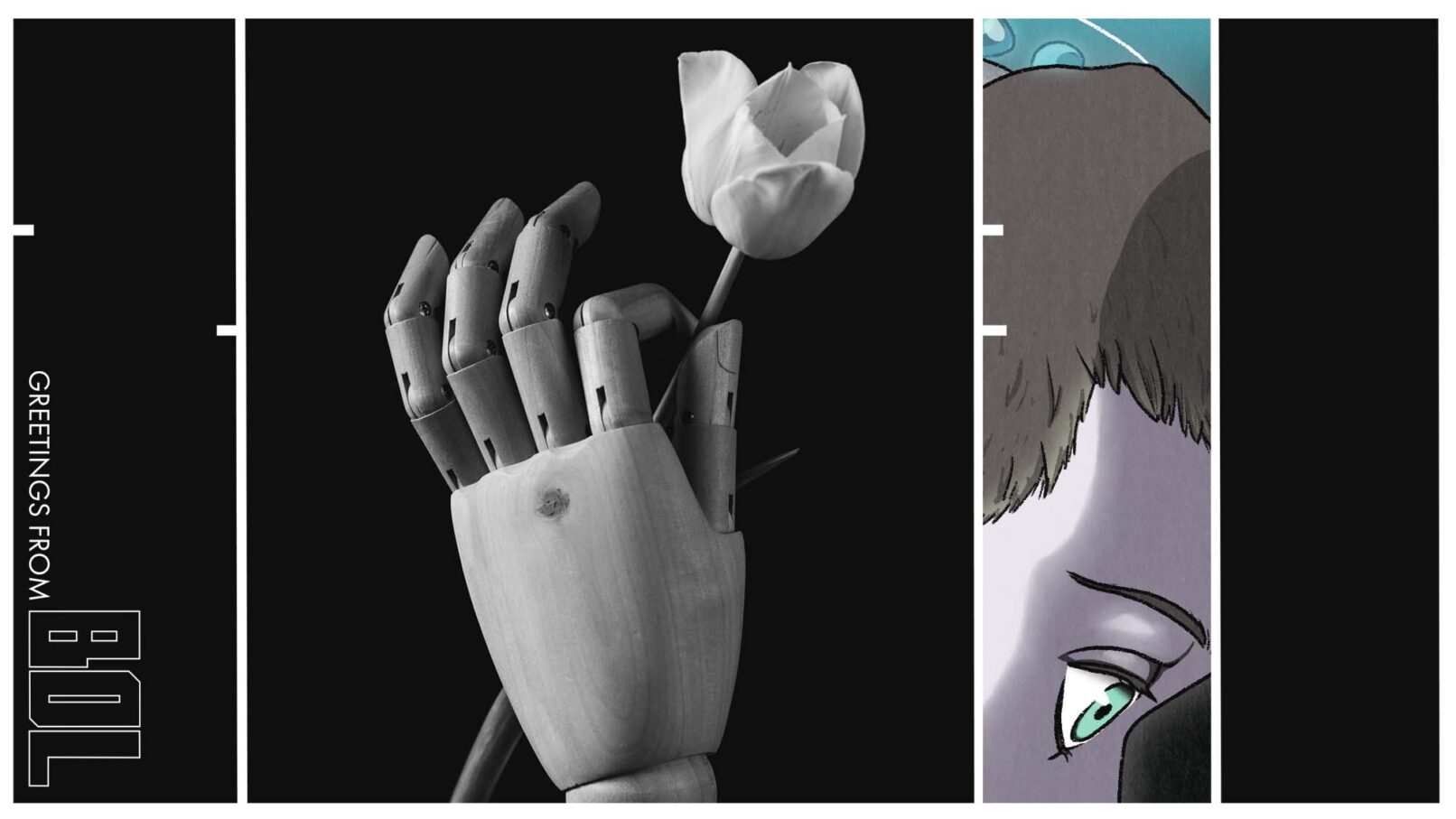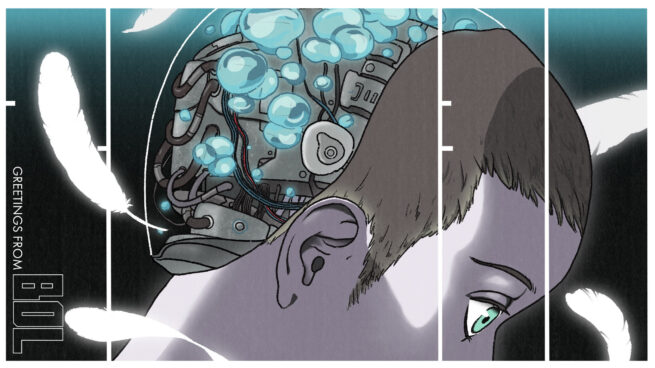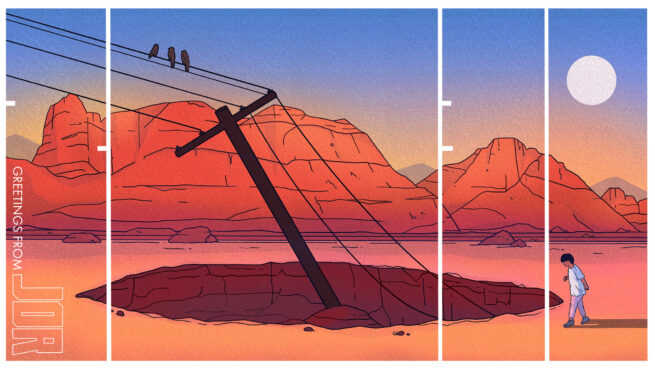We’ve been fans of Casey Fiesler’s work for a long time – she wrote articles about technology ethics for How We Get To Next, and teaches the subject as an Assistant Professor at the University of Colorado in Boulder. We were delighted when she agreed to write a response to Robot Poet, a beautiful story of human-computer interaction by Edmundo Paz-Soldán, also a Cornell professor. Artificial intelligence is much-discussed and often reviled; the ethics of using it in settings with humans inspires heated debates. Casey’s knowledge really adds to the themes explored in the story. We call this format ‘Ask an Expert’. It’s like an interview, but with a particular focus on explaining a specific theme.
If you like Edmundo’s story and Casey’s interview, take a look at these graphic comics we created for Nesta’s Centre for Collective Intelligence Design, which took some speculative technology-enabled scenarios from their Future of Minds and Machines report to a visual setting. It’s the kind of thing we haven’t seen enough of working in media and communications (some of us are big comic geeks!). So if you’d like to chat about using comics to talk about artificial intelligence, machine learning, or anything fun like that (!), drop us a line.



